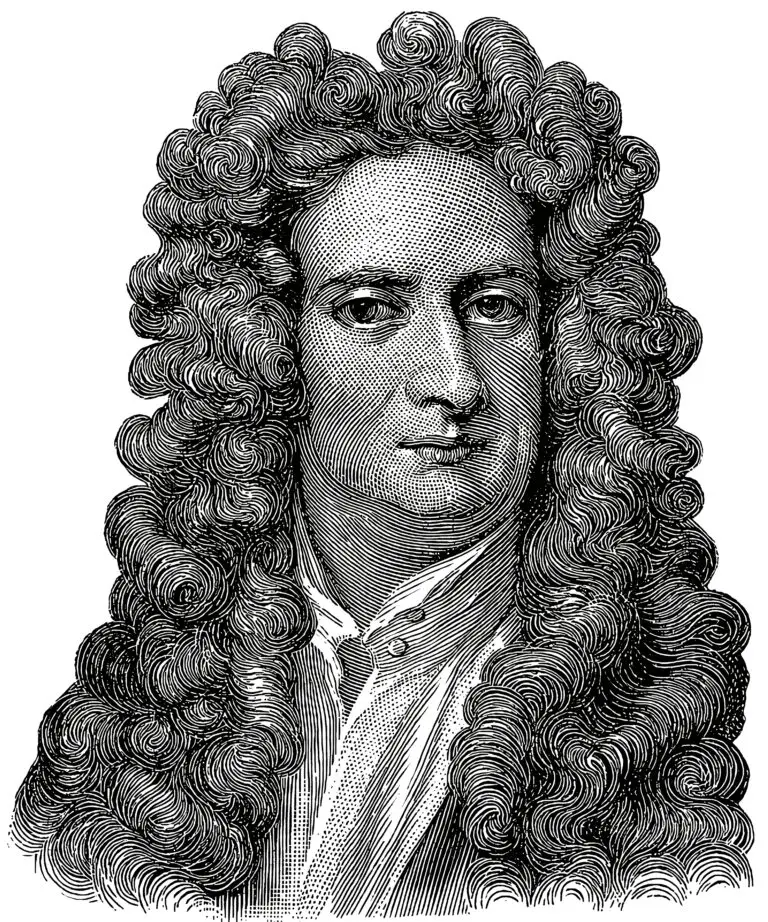Scientific Revolution

Table of Contents
What is the Scientific Revolution
The Scientific Revolution was a period of profound intellectual and scientific transformation that occurred in Europe during the 16th and 17th centuries. It marked a departure from traditional ways of understanding the natural world, characterized by reliance on ancient authorities and religious doctrines, toward a new emphasis on observation, experimentation, and empirical evidence.
The Scientific Revolution saw advancements in various fields, including astronomy, physics, biology, and medicine, and laid the foundations for modern science.
Impact of the Scientific Revolution
The Scientific Revolution marked a shift in the way people viewed the natural world, moving away from traditional beliefs and superstitions toward a reliance on observation, experimentation, and empirical evidence.
Key figures of the Scientific Revolution include Nicolaus Copernicus, Galileo Galilei, Johannes Kepler, and Isaac Newton, whose discoveries revolutionized our understanding of astronomy, physics, and mathematics.
Copernicus’s heliocentric model of the universe, proposed in his work “De revolutionibus orbium coelestium” (On the Revolutions of the Heavenly Spheres), challenged the geocentric view of the cosmos and laid the foundation for modern astronomy.
Galileo’s telescopic observations provided evidence for Copernican heliocentrism, but his support for the theory led to conflicts with the Catholic Church and his eventual trial by the Roman Inquisition in 1633.
Kepler’s laws of planetary motion, formulated in the early 17th century, provided a mathematical description of the orbits of planets around the sun, further confirming the heliocentric model.
Isaac Newton’s “Philosophiae Naturalis Principia Mathematica” (Mathematical Principles of Natural Philosophy), published in 1687, introduced his laws of motion and the universal law of gravitation, revolutionizing the field of physics.
The Scientific Revolution was closely linked to the Renaissance and the Enlightenment, drawing upon the revival of classical learning and the promotion of reason and skepticism.
The development of scientific societies, such as the Royal Society of London (founded in 1660), provided a forum for scientists to share ideas, conduct experiments, and disseminate knowledge.
The invention of the printing press facilitated the spread of scientific knowledge, allowing scientists to publish their findings and communicate with colleagues across Europe.
The Scientific Revolution had profound implications for society, leading to technological advancements, the growth of empirical inquiry, and the emergence of modern science as a distinct discipline.
Related Links
Enlightenment
Renaissance
Revolutions of 1848
Romanticism